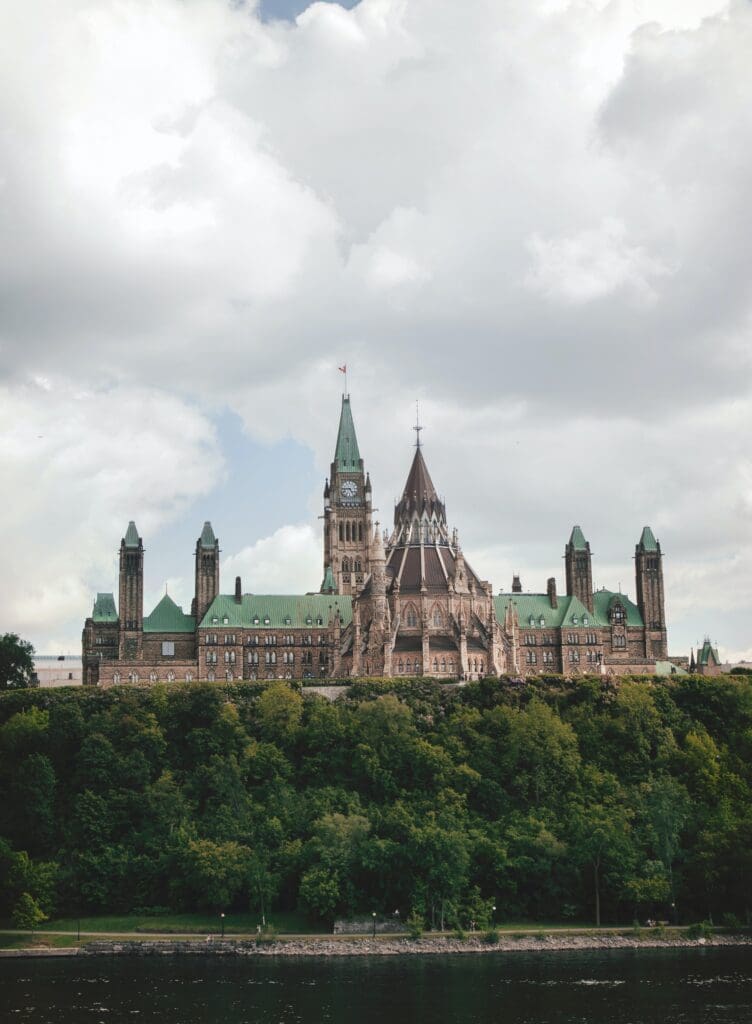Table of contents
- Introduction
- Canada’s Immigration Landscape: A Decade in Review
- Economic and Social Impact of Immigration
- Provincial Roles and Community-Driven Initiatives
- Navigating the Complexities of Immigration
- Historical Overview of Business Immigration
- Legislative Evolution and Economic Priorities
- The Role of Ministerial Instructions in Immigration
- Conclusion
Introduction
Canada celebrated for its robust social support system, cultural diversity, and abundant natural resources, has emerged as a prime destination for global citizens. This page offers an in-depth look at Canada’s immigration trends, policies, and economic implications.
Canada’s Immigration Landscape: A Decade in Review
In the past ten years, Canada has welcomed an average of 300,000 to 340,000 new permanent residents annually. 2024 is set to mark a significant increase, with expectations to grant residency to around 475,000 individuals. This surge reflects Canada’s role in the globalized economy, not just in trade but in the exchange of skills, investment, and cultural enrichment.

Economic and Social Impact of Immigration
Canada’s managed immigration system has been a key factor in its economic success. Known for its high living standards and welcoming attitude, Canada is a top choice for individuals seeking new opportunities. The shift in immigrant demographics from primarily family reunifications in the 1980s to predominantly young, economically driven migrants today illustrates this impact.
Provincial Roles and Community-Driven Initiatives
The evolving nature of immigration has seen provinces and territories playing a larger role, exemplified by programs like the Yukon Community Pilot and the Morden Community Driven Immigration Initiative in Manitoba. These initiatives target economic growth in rural and northern communities.
Navigating the Complexities of Immigration
The immigration process in Canada is intricate, with various categories and criteria that can be challenging to interpret. Programs like Express Entry and Provincial Nominee Program illustrate this complexity, offering pathways to permanent residency through merit-based systems.
Historical Overview of Business Immigration
Historically, Canada’s Business Immigration Program included entrepreneur, self-employed, and investor categories. Today, the focus is primarily on the self-employed category, with provinces having their own entrepreneur programs.
Legislative Evolution and Economic Priorities
Significant legislative changes over the years, including the Immigration and Refugee Protection Act of 2002, have aimed to balance Canada’s economic needs with its humanitarian commitments. This legislation introduced more defined categories and criteria, reflecting the economic importance of immigration.
The Role of Ministerial Instructions in Immigration
Ministerial Instructions (MIs), introduced in 2008, have transformed the selection and processing of immigration files, allowing for rapid adjustments to meet changing needs.
Conclusion
Despite the availability of information online, navigating Canada’s immigration system remains complex. This page offers insights into the evolving landscape of Canadian immigration, highlighting its economic and social implications.
What is the average number of immigrants Canada accepts annually?
What is the Express Entry system in Canadian immigration?
What is the Provincial Nominee Program (PNP)?
How has Canada’s immigration policy changed over the years?
What are Ministerial Instructions (MIs) in Canadian immigration?
What are some community-driven immigration programs in Canada?
What is the current focus of Canada’s Business Immigration Program?
What are the main categories of economic migrants in Canada?
How has the immigrant demographic in Canada changed recently?
What is the significance of the Immigration and Refugee Protection Act of 2002?
This is not considered legal advice; for detailed information regarding your legal needs, book an appointment today!
Check out our blog for other articles and posts about immigration.



0 Comments